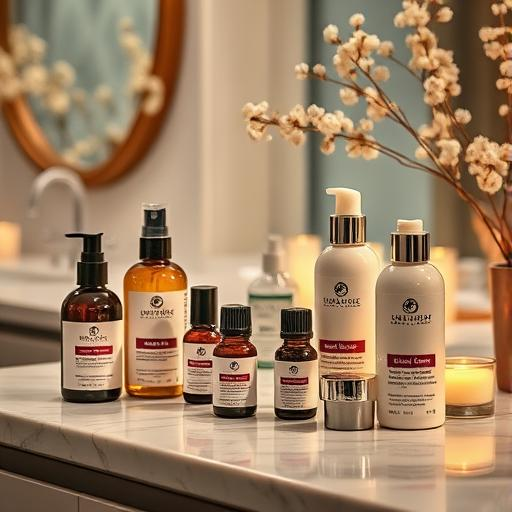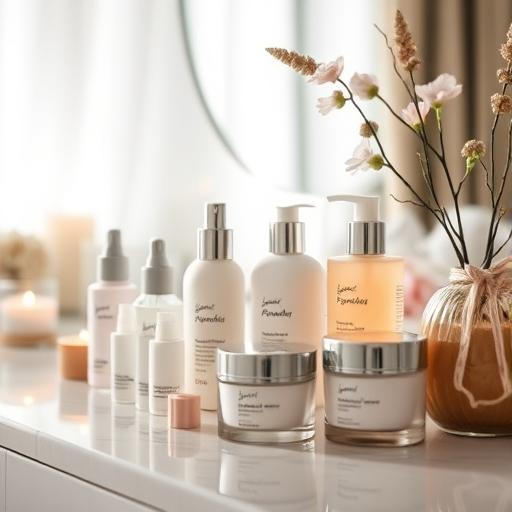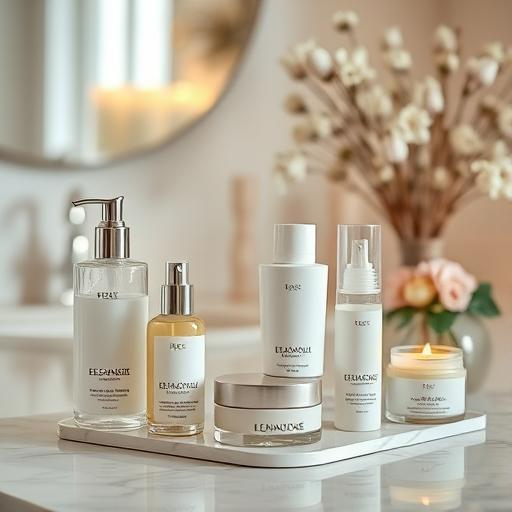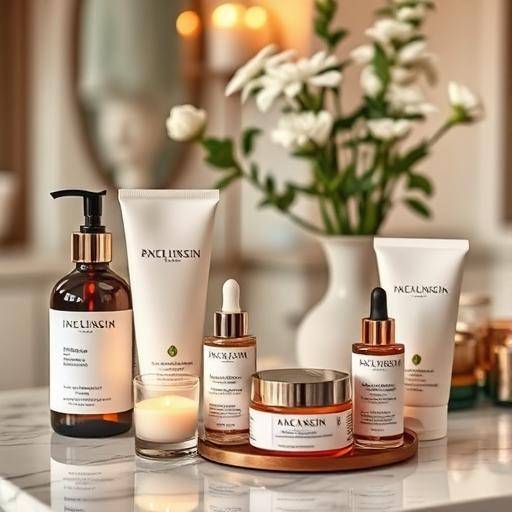
Beauty Sleep Unlocked: How Your Nighttime Routine Shapes Your Skin
We’ve all heard the phrase “beauty sleep,” but did you know that how you sleep is just as important as how much? Beyond simply logging eight hours, factors like your sleep position, pillowcase fabric, and even your body’s internal clock play a surprising role in your skin’s health. Let’s dive into the science behind nighttime habits and wake up to a brighter, healthier glow.
1. The Circadian Rhythm & Skin Repair
Your skin isn’t just along for the ride while you sleep—it’s hard at work! Your circadian rhythm (your body’s 24-hour internal clock) regulates key repair processes:
- 10 PM–2 AM: Collagen production peaks, helping plump skin and reduce fine lines.
- 2 AM–4 AM: Cell turnover accelerates, shedding dead skin cells and revealing fresher skin.
- 4 AM–6 AM: Skin hydration rebalances as moisture loss slows.
Pro Tip: Disrupted sleep (hello, late-night scrolling!) throws off this cycle, leading to dullness and breakouts. Try winding down by 10 PM for optimal skin recovery.
2. Sleep Position Matters: The Wrinkle Factor
Side or stomach sleepers, listen up! Pressing your face into a pillow for hours can cause “sleep wrinkles”—creases that deepen over time. Here’s how positions stack up:
- Back Sleeping: Best for preventing wrinkles and puffiness (gravity works in your favor!).
- Side Sleeping: Can lead to creases on cheeks and décolletage; silk pillowcases help reduce friction.
- Stomach Sleeping: Worst for wrinkles and neck strain (try training yourself to back-sleep with a pillow under your knees).
3. Pillowcase Material: The Silent Skin Saboteur
Cotton may feel cozy, but it absorbs moisture and tugs at skin. Upgrade your pillowcase for these benefits:
- Silk/Satin: Reduces friction (less irritation and creasing) and helps retain hair/skin moisture.
- Bamboo: Naturally antimicrobial—great for acne-prone skin.
- Copper-Infused: May help reduce bacteria and inflammation (ideal for sensitive or breakout-prone skin).
Bonus: Wash pillowcases 1–2x weekly to avoid buildup of oils, bacteria, and skincare residue.
4. Nighttime Skincare: Work With Your Skin’s Schedule
Your skin is more permeable at night, making it the perfect time to use active ingredients:
- Retinoids: Boost collagen and cell turnover (apply after moisturizer if sensitive).
- Peptides: Support repair and reduce fine lines.
- Hyaluronic Acid: Locks in moisture while you sleep.
Skip heavy fragrances or harsh actives right before bed—they can disrupt sleep quality and irritate skin.
5. The Dark Side of Blue Light
Late-night screen time doesn’t just mess with your sleep—it may also harm your skin. Blue light from phones and laptops can:
- Disrupt melatonin production (throwing off skin repair).
- Increase oxidative stress, contributing to premature aging.
Fix it: Use blue-light filters, keep screens out of the bedroom, or try a melatonin-supporting skincare product.
Wake Up to Better Skin
Small tweaks to your nighttime routine—like switching to silk pillowcases, back-sleeping, or applying a peptide serum—can make a big difference in your skin’s health. Remember: sleep isn’t just downtime; it’s prime repair time for your glow. Sweet dreams and even sweeter skin await!
“`
RELATED POSTS
View all


